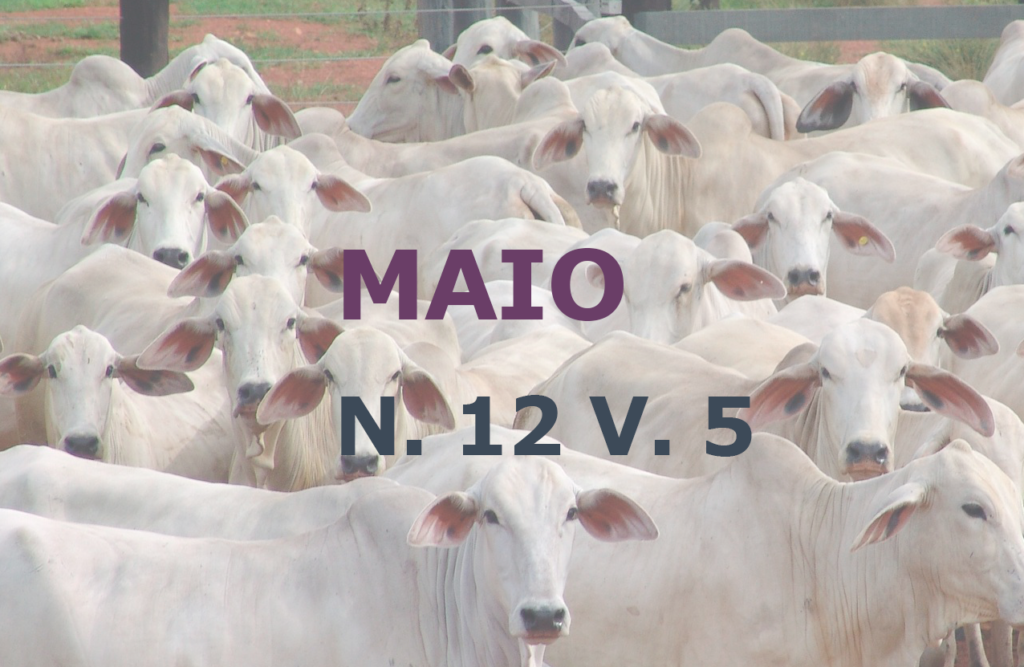Nutrient cycling in tropical pasture ecosystems
DOI:
https://doi.org/10.22256/pubvet.v12n5a91.1-9Keywords:
animal excreta, nitrogen, litterAbstract
The degradation of Brazilian pastures has been an increasing problem, especially in agricultural frontier regions, where the management practices adopted are inadequate, causing an imbalance in this ecosystem. Management practices that favor nutrient cycling appear in this scenario as an alternative for the recovery of degraded pastures. In the case of pastures, the largest reservoirs of nitrogen (N) and carbon (C) are the atmosphere, soil, plant species and grazing animals, being that the dynamics of these nutrients is controlled by biotic and abiotic factors. The litter and the animal excreta represent the main routes of return of the nutrients to the ecosystem through the decomposition by microorganisms. The use of legume species intercropped with pasture is a good strategy to increase soil nitrogen content, minimizing costs with nitrogen fertilization, in addition to improving the quality of the litter.
Downloads
Published
Issue
Section
License
Copyright (c) 2018 Marcondes de Sá Souza, Alexandre Maniçoba da Rosa Ferraz Jardim, George do Nascimento Araújo Júnior, José Raliuson Inácio Silva, Maurício Luiz de Mello Vieira Leite, Vicente Imbroisi Teixeira, Thieres George Freire da Silva

This work is licensed under a Creative Commons Attribution 4.0 International License.
Você tem o direito de:
Compartilhar — copiar e redistribuir o material em qualquer suporte ou formato
Adaptar — remixar, transformar, e criar a partir do material para qualquer fim, mesmo que comercial.
O licenciante não pode revogar estes direitos desde que você respeite os termos da licença. De acordo com os termos seguintes:
Atribuição
— Você deve dar o crédito apropriado, prover um link para a licença e indicar se mudanças foram feitas. Você deve fazê-lo em qualquer circunstância razoável, mas de nenhuma maneira que sugira que o licenciante apoia você ou o seu uso. Sem restrições adicionais
— Você não pode aplicar termos jurídicos ou medidas de caráter tecnológico que restrinjam legalmente outros de fazerem algo que a licença permita.





